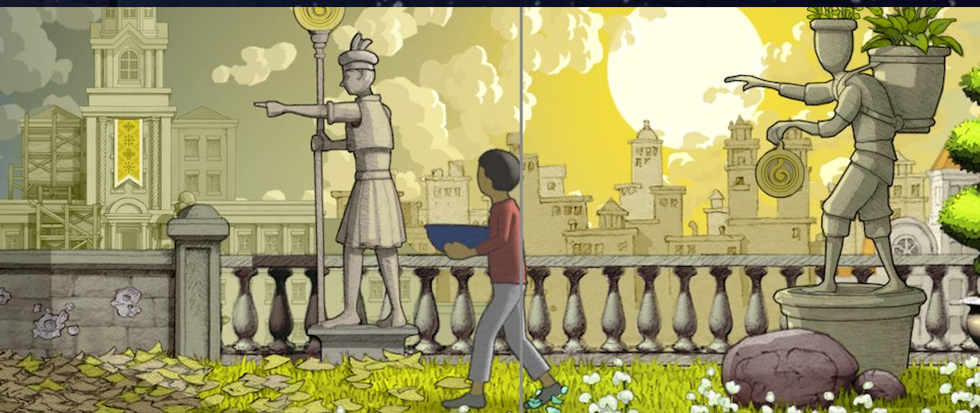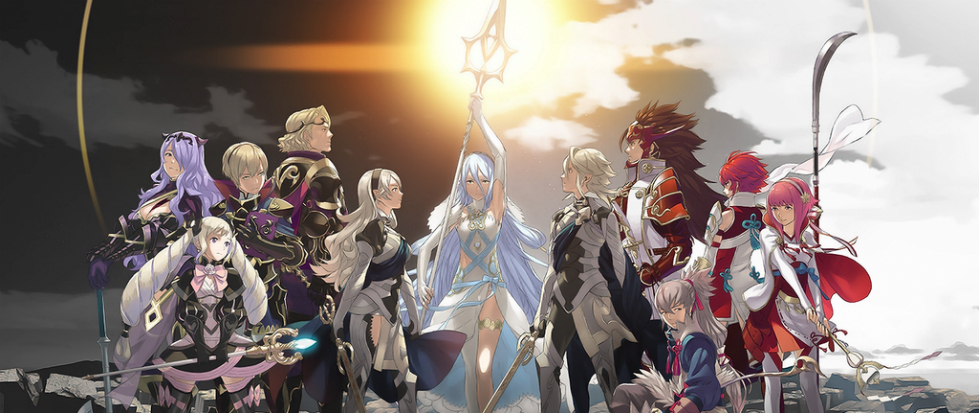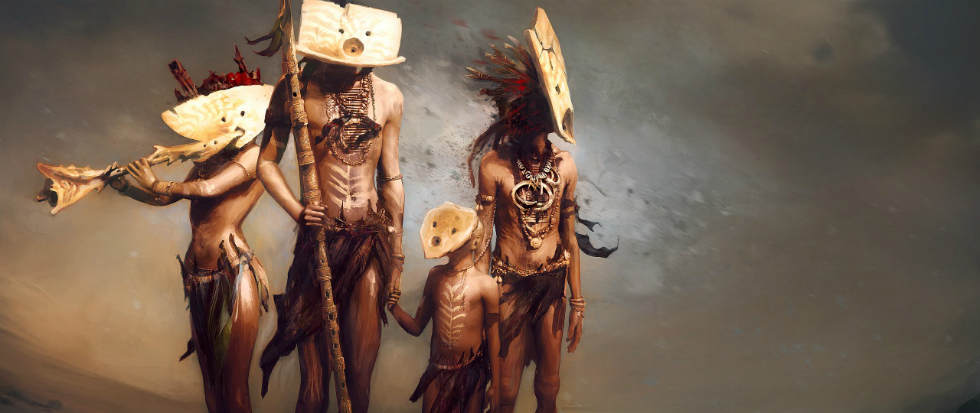
Gorogoa, a Lesson in Learning
At the beginning of the month, I committed myself to making it through January without buying any videogames. I wanted to go the whole month just playing things I already owned, expensive things I already owned. Honestly, it wasn’t that hard. When you’ve got great games like Persona 5 and Final Fantasy XV sitting around in their original factory wrapping you don’t really need much more than that. I made it about two thirds through when my “no new game” policy was scuttled by Stu Horvath and Gorogoa.
You can, and should, read Stu’s letter in the magazine about his rather spiritual experience with Gorogoa. Here though, I’ll pull you through my decidedly more readerly one.
Gorogoa is really pretty. A series of hand drawn puzzles that ask you to just sort of try things. There’s no words, no explicit rules or goals. You proceed by doing, learn by doing, succeed by doing. There’s no hints or ways to buy them, there is just Gorogoa.
So you try things. You line up two pictures next to each other because they look like they go together. Then something happens, you’ve done well. You move a piece on a whim to discover that there are layers to each image. Each image is not, a singular piece, it’s a piece on top of a piece. Well, sometimes.
Slowly, the game adds more of itself. Pieces interact in new ways. They “talk” to each other. While Gorogoa is full of red herrings and dead ends these are not without lessons and merit. To proceed you have to slowly become more fluent in the visual language of the game. To play Gorogoa and finish it is to have learned the language of Gorogoa, a game constantly in conversation with itself.
Gorogoa is a skill. It advances in its complexity slowly until you reach mastery. You begin by walking before you begin to trot. You’ll stumble. There will be challenges and times when it will frustrate you. That’s okay, you’re learning. There will not be any eureka moments, there is just the slow methodical learning curve of an experience expertly tuned to make you learn it.
The best part is that learning how to Gorogoa doesn’t really necessitate any particular level of outside skill. All games, to an extent, rely on the player developing a fluency or familiarity with its systems but this usually also asks that you bring in a general knowledge of how games work or a set of skills (memorization, reflexes) that have been cultivated elsewhere.
Gorogoa doesn’t care if you can read or even really in what language. With the exception of a small number of timing puzzles there’s really not even a need to be particularly dexterous. You just have accept that you’re in for a ride, that you’ll be treated to an experience, and that there’s nothing you can do to prepare except set aside an hour and put on a decent pair of headphones.
Stu might think that Gorogoa is magick but I’d say that it’s language.





